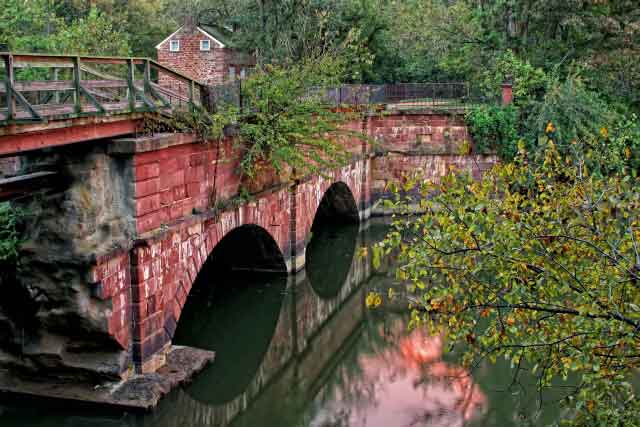
Riley’s Lock House and Seneca Aqueduct, Maryland
I had been a professional project manager most of my adult life, but it had never occurred to me to do a personal photographic project. But that is exactly what Sam Abell said I should do.
Abell is a highly accomplished photo book author, former photographer at National Geographic and teacher of photo workshops. He was used to providing instruction and guidance to people like me, avid amateur photographers who had reached a certain level of accomplishment but who were stuck in a rut. I would wake on a Saturday morning wondering where to photograph, then end up randomly photographing the same familiar things in the same familiar way. I was not advancing in photography.
And there was the question of legacy. I had accumulated over the years a huge number of digital photographs. But when I died, so would my photographs, I feared. Could I keep them alive in some way?
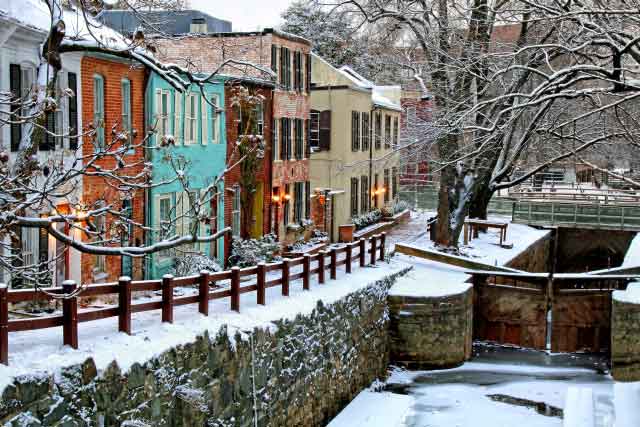
Canal and Houses in Georgetown, Washington, DC
A “project” could be anything with a focus and a goal – a book, an exhibition, a web site, a body of work to sell or give away, photographs for educational or philanthropic purposes, and so on. Producing a book of fine-art photographs of the Chesapeake and Ohio Canal became the project and, I hoped, part of a legacy.
Finding a publisher was not important; nowadays it is easy and inexpensive to self-publish using an Internet-based service. The challenge and the reward from making a book would come from the process of producing it – the pictures, the writing and the book design.
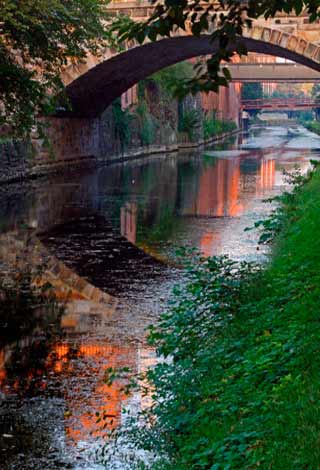
Bridges Over Canal in Georgetown, Washington, DC
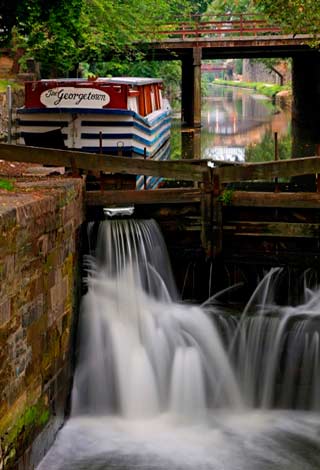
Canal Boat and Lock in Georgetown, Washington, DC
What Makes a Good Photo Project?
The project should have a specific goal, with a finished product that you can share with others with pride. And it should present a real opportunity to improve your photography by getting you out making lots and lots of photographs. A photo book meets these criteria.
The photographic subject you select should have great appeal to you personally. Your love of subject will be evident in your pictures. If you are not passionate about the raw material with which you are working, you won’t have the staying power to complete an ambitious project. In my own case, I selected the C&O Canal because it presented a unique combination of nature and bygone Americana, my two favorite photo subjects.
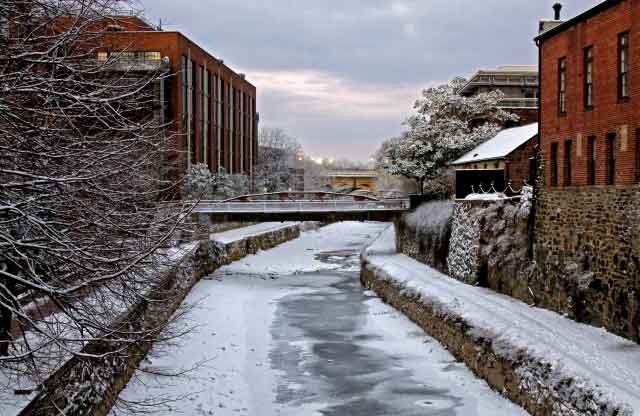
Canal and Towpath in Georgetown, Washington, DC
Choose something that is reasonably accessible. I love photographing in the Southwest U.S. but live too far away to get there often. The C&O Canal runs 184 miles from Washington DC, within a few miles of my house, to Cumberland, Maryland, USA, and I could (and did) shoot there weekly.
Finally, think about the nature of the subject and the scope of your project in terms of what has been presented by others. If it’s been “photographed to death,” be prepared to find a new angle or a fresh approach, or plan to do it better than it has been done before.
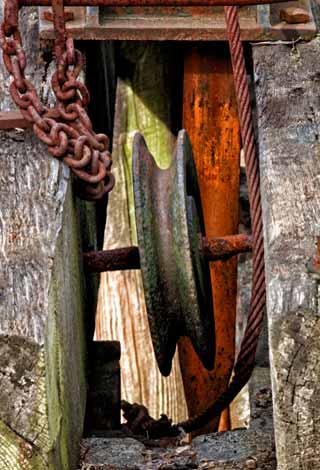
Pulley for Lock Cable
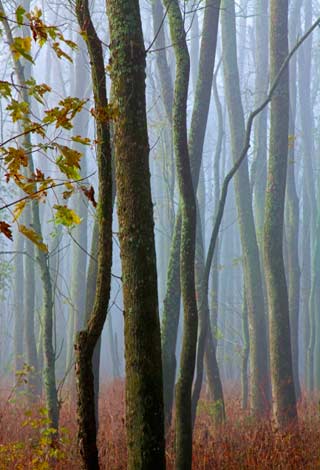
McKee–Beshers Wildlife Area, Maryland
How to Make a Photo Book
Making a book is a long, iterative process, and it is important to reward yourself early with something concrete. When I had just a dozen or so pictures, I started laying them down in pairs on the dining room table. My book would consist of a series of two-page spreads, with the main picture on the right hand page, large and with no text, and a smaller related or supporting image, including captions and supporting text, on the left. I typed and printed the text, cut it out and laid it down with the photos. I did this a number of times over several months, with different pictures in different orders. These early efforts may bear scant resemblance to your final book, but it is thrilling to see a tangible result from your labors, and it will inspire you to continue.
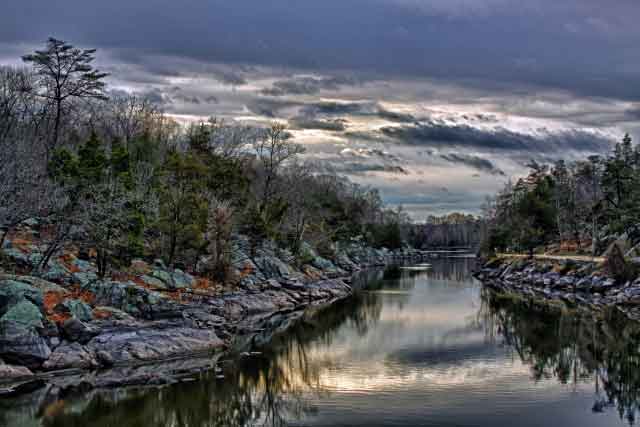
Anglers Widewater (HDR Image), Great Falls, Maryland
Once I was near the end – 100 well-executed and edited photos – I produced a prototype book using the MyPublisher online book-making service. I had a handful of these books made and gave them to friends to critique. They were carefully chosen friends – a newspaper editor, a photo book editor, two photographers and an artist (illustrator). I carefully considered their excellent suggestions and produced a second prototype.
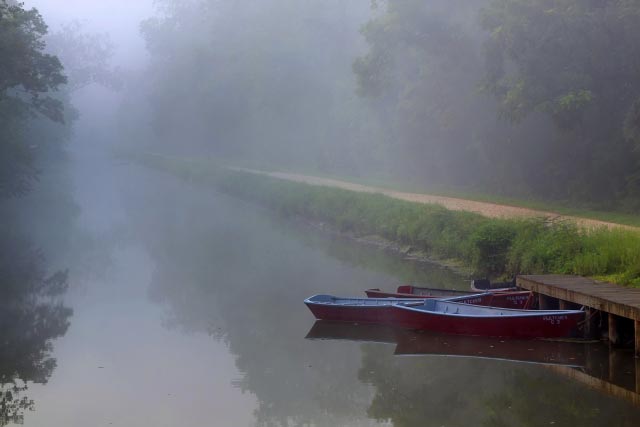
Boats at Fletchers Boat House, Washington, DC
The Completed Photo Book
I gave signed copies of this “final” version to members of my immediate family, to people who had helped me with the book and to a few close friends. I also sent a copy of the self-published book to Schiffer Publishing and I was one of the fortunate ones – they agreed to produce a mass-market version of it.
It was an amazing and most satisfying journey – a small beginning to what might become a photographic legacy.
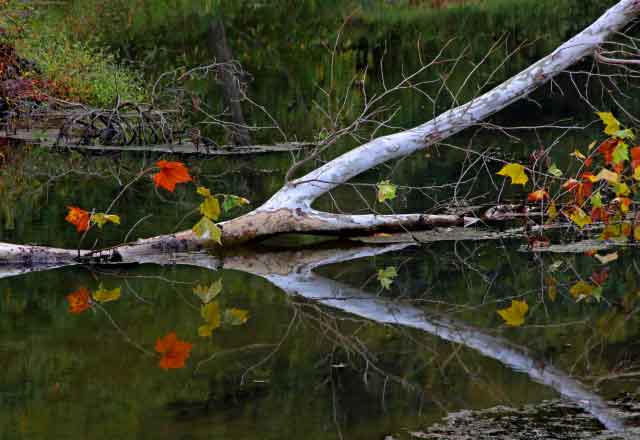
Canal in Great Falls, Maryland
Create Your Own Photo Book Project
Now it’s your turn. Find the photo subjects that appeal to you, set some ambitious but achievable goals, and get out and create some incredible photographs. Enjoy the process and the fruits of your labors, and look forward to sharing those with people you care about.
by Gary Anthes
All text & photos: © 2013 Gary Anthes. All rights reserved.

Leave a Reply